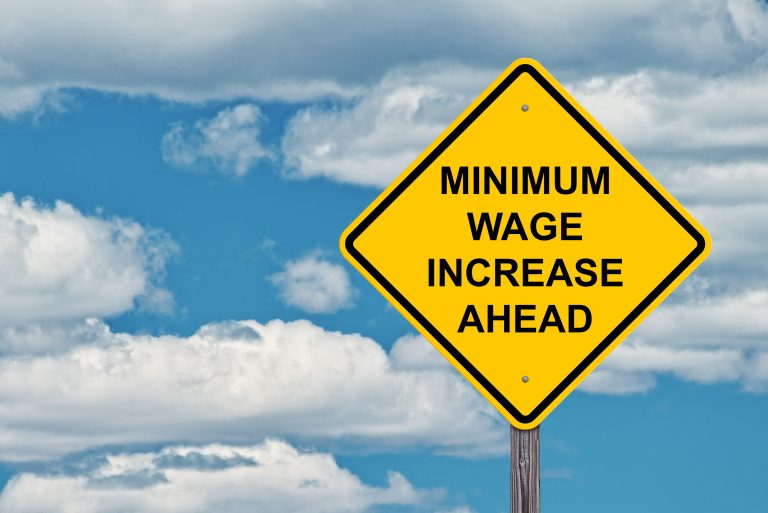Following the tragic fire on 14th June at Grenfell Tower in North Kensington, some of our clients have enquired about what they should be doing to protect themselves and the people they are responsible for from the risk of fire.
Although there has been some speculation regarding the possible causes of the fire and particularly the reason why it spread so rapidly, it will be some time before the investigation is completed and we are made aware of the facts. But in the meantime, we have put together some simple advice on general fire safety precautions for premises owners with a duty of care under relevant fire safety legislation.
Fire Risk Assessment
The first step is to ensure that you have a suitable and sufficient Fire Risk Assessment in place. This will need to be completed by a Competent Person who is familiar with the type of building and the activities taking place. If there is a Fire Risk Assessment in place, ensure that any actions raised have been addressed and that the control measures listed in this assessment are being carried out (and that they are recorded).
Evacuation Plan
Every building will need some form of evacuation plan to set out what to do if someone either finds a fire or hears the fire alarm. It is a good idea to work through this to check that it is up to date and that it covers the possible situations that could occur. This plan will need to be communicated to everyone with some staff, such as Fire Wardens, receiving additional instruction. This plan will also need to be set out in the Fire Action Notices that should be displayed throughout your building.
Sources of Ignition
Potential sources of ignition should be removed or reduced as far as possible. This is why it is essential that the fixed wiring is inspected and tested at appropriate intervals by a competent person. It is also important that electrical appliances are visually inspected at appropriate intervals. Reports that a faulty fridge caused the fire at Grenfell Tower illustrate the importance of these checks. You should also consider any other potential sources of ignition such as cooking and heating and how these activities can be managed safely.
Sources of fuel
In order for a fire to develop, it needs a source of fuel, so ensuring that rubbish and other potential sources of fuel are kept to a minimum is vital. This is particularly important when the sources of fuel could compromise an escape route.
Methods of Controlling a Fire
Should a fire break out, it is important that its spread is restricted to give people as much time as possible to escape. Fire doors should be on closers and these should be kept closed. Also, make sure that the fire can’t spread from room to room via gaps in the fire compartment caused by such things as pipes and cables. The gap should be filled in with fire-stopping material.
Means of Raising the Alarm
There should be a suitable method for raising the alarm within the building and this will need to be tested at regular intervals. This can be done during a weekly call point test. The method for calling the Fire Brigade will also need to be checked and confirmed so that should it occur, everyone knows what to do.
Means of Escape
The building will need to be checked to make sure that all means of escape are available should they be required. You will need to make sure that none are locked or blocked and that the escape route to the ‘final place of safety’ is well lit and there are no obstructions along the route. There should also be fire extinguishers along the means of escape and you should check that there are sufficient extinguishers in place and that they are all functioning. Also, there should be sufficient directional and information signage along the escape route to be able to inform people of what to do in the event of a fire and which way they should go to get out of the building. You should also consider where best to put your Fire Assembly Point, how to signpost this and how to make sure you are able to account for everyone once they get there.
Monitoring
The system for detecting and warning of the fire will need to be monitored and tested on a regular basis, depending on the requirements of the Fire Risk Assessment. This will involve checking the call points, emergency lighting, the alarm control panel and that the detectors function correctly. All of the other features of the fire management system such as smoke vents, risers, magnetic door closers etc. will also need to be checked. The actions that you carry out should be recorded with your Fire Log Book. You can find a set of template forms, including a Fire log Book, within the Ellis Whittam ‘My EW’ portal.
Training
Your staff will need to be familiar with the plan of what to do in the event of a fire. This will involve initial induction training and regular refresher training. As well as this there is a requirement to carry out a fire evacuation drill to familiarise everyone with the plan. During this drill, it is a good idea to get people to think about alternative exits by closing off a different exit point each time you carry out the drill.
The list of areas to consider above is not exhaustive as each building will be very different. Similarly, the activities taking place within them will also be unique. Consequently, each Fire Risk Assessment will be specific.
Should you be concerned that you do not have a suitable and sufficient Fire Risk Assessment or if you have any specific concerns about the risk from fire, please contact your dedicated Health & Safety Consultant and they will be happy to help you.
Additionally, the following forms are available for Ellis Whittam Health & Safety clients via the ‘My EW’ portal:
- Fire & Emergency Evacuation Form
- Fire Register
- Fire Risk Assessment Form
- Fire Risk Assessment Review
- Fire Safety Checklist Risk Assessment









